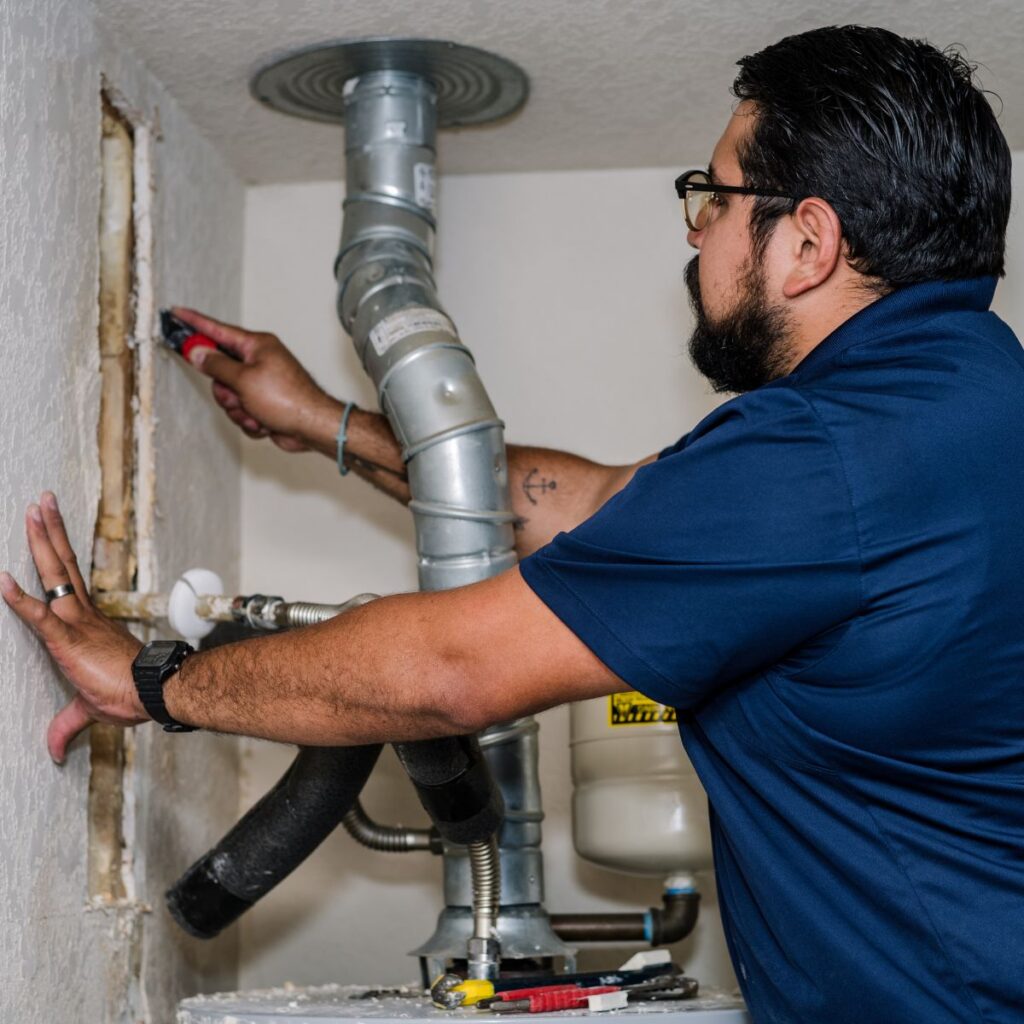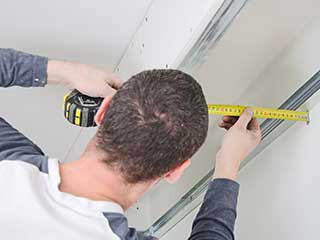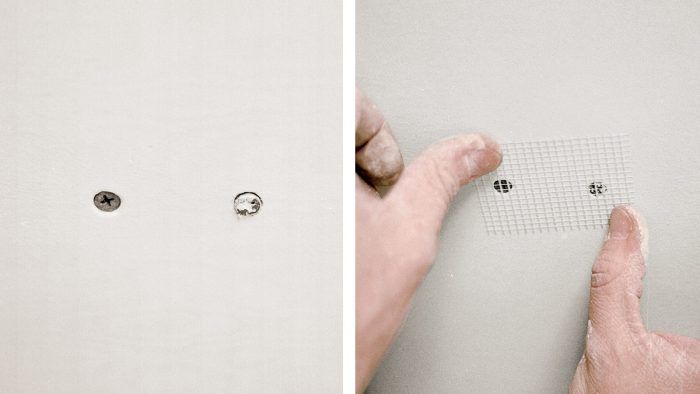Transform your home beautifully with Drywall Installation Ogden Utah and affordable painting finishes.
A Comprehensive Overview to Learning Drywall Repair Service and Installment
This overview offers a complete expedition of drywall fixing and setup, dealing with both amateurs and experienced experts. It lays out crucial tools, strategies for patching and hanging sheets, and the vital ending up processes. drywall contractor. By understanding usual risks, individuals can attain sleek outcomes. Mastering these skills not just improves one's home however additionally develops confidence in DIY ventures. What fundamental ideas will assure a successful project throughout?
Necessary Devices for Drywall Repair and Installation
When starting on drywall repair work and installation, a couple of vital devices can greatly enhance the performance and top quality of the work. A drywall knife, typically offered in various dimensions, is important for applying joint compound and smoothing joints. A taping blade is also essential for feathering edges and making sure a smooth surface. In addition, a drywall saw or utility blade permits precise cutting of drywall sheets to fit any area.

Step-by-Step Guide to Patching Holes
Covering openings in drywall is an uncomplicated procedure that can restore the wall's look and honesty. To start, the area around the hole ought to be cleansed and any loosened particles got rid of. For little holes, a basic spackle or joint compound can be applied with a putty blade. Larger openings might require a spot; a piece of drywall can be reduced to fit the opening, secured with glue or screws, and after that taped around the sides. Once the spot remains in location, joint compound is applied over the patch and feathery bent on blend with the bordering wall surface. After the substance dries, fining sand is needed to achieve a smooth surface. Lastly, the repaired area can be keyed and painted to match the remainder of the wall. This approach assures a smooth repair service, enhancing the total appearance of the drywall and preserving its architectural honesty.
Techniques for Hanging Drywall Sheets
After effectively fixing holes in drywall, the following step involves hanging new drywall sheets to create a seamless surface. To attain this, one have to start by gauging the wall surface space precisely and cutting the drywall sheets to fit. It is essential to hang the sheets flat for much better architectural stability, beginning from the sites top and functioning downwards.
Making use of a drywall lift can streamline the procedure, especially for ceiling setups. As soon as positioned, securing the sheets with drywall screws at intervals of about 12 inches along the edges and 16 inches in the area is necessary. This ensures a strong hold and decreases the danger of drooping. For corners, the sheets ought to be reduced to fit Recommended Site well, permitting cleaner joints. Lastly, it is a good idea to stagger the joints between sheets to reinforce the general structure, creating a much more durable surface all set for the following stage in the drywall installment process.
Completing Touches: Taping and Mudding
Finishing the drywall installment entails the vital actions of mudding and taping, which ensure a sleek and smooth surface. Taping needs the application of joint tape over the seams between drywall sheets. drywall contractor. This tape can be either paper or fiberglass fit together, with each type offering one-of-a-kind benefits. After taping, the next action is mudding, where joint substance, or "mud," is put on cover the tape and fill up any kind of flaws
Utilizing a drywall knife, the substance must be spread equally, guaranteeing a feathery edge to lessen noticeable changes. Numerous coats are frequently necessary, with fining sand in between each layer to achieve a smooth surface. Mindful focus throughout this process is crucial, as it significantly impacts the final look of the wall. With the right strategy and perseverance, the end result will certainly be a remarkable structure all set for paint or ending up touches.
Typical Errors to Stay Clear Of in Drywall Projects

Another common mistake is not permitting adequate drying time between layers, which can trap wetness and jeopardize the coating. Additionally, disregarding to feather the sides effectively can produce noticeable lines and imperfections. Skipping sanding or using incorrect methods might leave harsh spots. By knowing these mistakes, people can significantly enhance the top quality of their drywall projects and achieve a professional-looking coating.
Frequently Asked Questions
Can I Fix Drywall Without Professional Aid?
Yes, one can repair drywall without professional aid. With the right tools, materials, and advice, people can efficiently deal with minor fixings. Substantial damages might need expert experience for ideal outcomes and longevity.
The Length Of Time Does Drywall Compound Require To Dry?
Drywall substance typically takes between 24 index to two days to dry completely, depending upon variables such as humidity and temperature level. Thinner layers may dry faster, while thicker applications require more time for optimal outcomes.
What's the Best Sort Of Paint for Drywall?
The best kind of paint for drywall is typically a water-based latex paint. It provides superb protection, longevity, and simplicity of application, making it suitable for interior wall surfaces while permitting very easy cleaning with soap and water.

Just how Do I Avoid Mold on Drywall?
To avoid mold on drywall, guarantee correct ventilation, control moisture levels, utilize mold-resistant materials, and immediately deal with any kind of leakages. Routine evaluations and prompt remediation of water damage are likewise essential for lasting prevention.
Is Drywall Recyclable After Removal?
Drywall is recyclable after elimination, gave it is without contaminants like mold, paint, or other hazardous materials. Recycling facilities can refine it right into new items, promoting sustainability and reducing garbage dump waste in construction.
When beginning on drywall repair service and setup, a few vital devices can significantly boost the performance and high quality of the job. After effectively repairing openings in drywall, the following step entails hanging brand-new drywall sheets to produce a seamless surface. Completing the drywall setup involves the essential actions of mudding and taping, which assure a smooth and polished finish. Attaining a polished finish in drywall tasks can be tough, and a number of typical errors can threaten the high quality of the work. Yes, one can fix drywall without specialist aid.